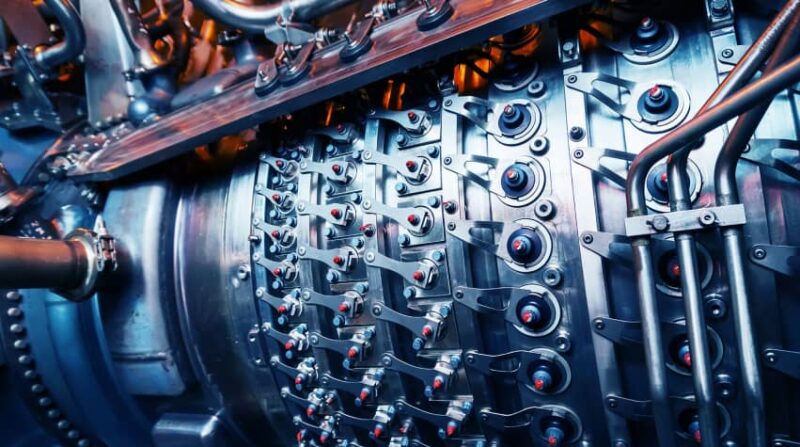
Jet engine test cells have developed significantly over the years, mirroring the advancements in technology and increasing demands of the aerospace industry. At EDF Inc., we design cutting-edge aircraft engine test facilities that meet the highest standards of safety and performance.
Applications of Jet Engine Test Cells
In today’s aviation landscape, jet engine test cells are utilized by various organizations, including airlines, jet engine manufacturers, maintenance companies, and military organizations. These facilities serve as critical platforms for testing and optimizing engine performance to meet stringent industry requirements.
The potential components of aircraft engine test cells include engine handling systems, hydraulics, acoustics, fuel and air systems, ice detection, and other instruments utilized to monitor the performance of engines.
Automation and Ice Detection Integration
One notable trend in jet engine test cells is the adoption of automation. With technological advancements, processes such as data collection, analysis, and test cell control can now be automated, enhancing accuracy and efficiency while minimizing human error.
Moreover, the incorporation of ice detection technology has revolutionized testing during cold temperatures. Traditional reliance on temperature charts is being replaced by precise ice buildup measurements, improving safety and test accuracy.
Advanced Sensors and Monitoring Systems
Modern jet engine test cells employ state-of-the-art sensors and monitoring systems to gather comprehensive data on engine performance. These systems detect changes in pressure, temperature, and other critical metrics, enabling engineers to optimize engine efficiency and performance effectively.
Future Directions: AI and ML Integration
The incorporation of artificial intelligence (AI) and machine learning (ML) into jet engine test cells signals a promising future. Through AI and ML algorithms, these cells can sift through extensive quantities of test data, pinpointing trends and patterns to enhance engine performance and gradually diminish fuel usage. This technological advancement holds the potential for enhanced efficiency and efficacy in aerospace testing practices.
Challenges and Advancements in Test Cell Construction
Constructing or upgrading turbine engine test cells presents various challenges, including system complexity, safety standards, and regulatory compliance. Organizations must carefully plan and execute every aspect of the project to ensure accurate and reliable results.
Advancements in test cell construction include embracing new propulsion technologies, renewable fuels, electrification, and renewable fuels, to enhance efficiency. Additionally, manufacturers are investing in new facilities to address increased throughput and efficiency demands and accommodate aging test facilities’ limitations.
Embrace the Future of Aircraft Engine Test Cells with EDF Inc.
At EDF, we specialize in designing, constructing, and upgrading aircraft engine test facilities to meet the evolving needs of the aerospace industry. Our expertise ensures that every project is executed with precision and excellence, delivering reliable testing capabilities for our clients.
To learn more about our jet engine test cell services, give us a call today at 561.863.6770 or reach us through our contact form. Our team at EDF is ready to help you enhance your aircraft engine test cell capabilities.
